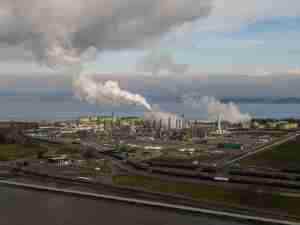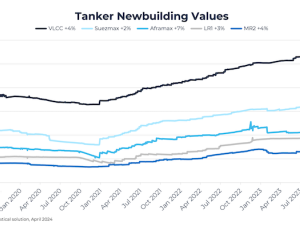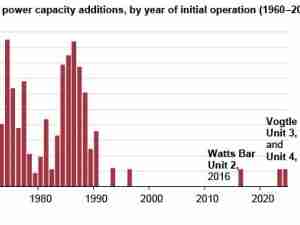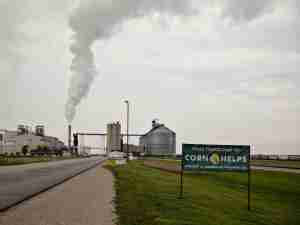The European Union is “progressively” putting more pressure on importers of Russian liquefied natural gas to cut purchases this year, according to Energy Commissioner Kadri Simson.
The campaign is part of Europe’s push to shift supplies and undermine the financing of President Vladimir Putin’s war machine after his full-scale invasion of Ukraine in 2022.
While pipeline flows of natural gas from Russia have dropped to record lows, LNG shipments have increased. Simson said she discussed the matter on Friday at a meeting on energy with the US, currently the EU’s biggest supplier of liquefied gas.
“My message was that this year must bring further disengagement from Russian exports,” Simson said in a written response to questions from Bloomberg News after the EU-US Energy Council meeting in Washington.
“In the EU, we are progressively building up pressure on European players to reduce Russian LNG purchases, and here again confidence in US supplies is important.”
EU governments will get a new tool to stop purchases of Russian shipments after a law comes in force in several weeks to enable blocking such flows without the use of sanctions. Some member states have called on the commission to ensure a coordinated use of the regulation in order to avoid shipments diverted to neighbors who may move at a slower speed.
The measure will allow EU countries to temporarily prevent Russian and Belarusian exporters from booking the infrastructure capacity needed for the shipments of LNG and natural gas in order to protect their essential security interests.
“In recent months, we have seen Russia decrease its revenues, but we still have much more to do, to prevent Russian LNG coming to European markets,” Simson said.
The EU energy chief also said the bloc can withstand the end of Russian pipeline gas transit via Ukraine without “major security of supply risks.”
Those shipments, currently at about 14 billion cubic meters, cover the majority of demand in Austria, Hungary and Slovakia.
“The EU’s position remains that there are alternative supply routes, using its network from south to west, taking advantage of the LNG facilities and other pipeline interconnections,” she said. “We continue to closely work with EU member states most affected to ensure that alternatives are ready.”








_-_28de80_-_58820516bd428ab3fd376933932d068c43db9a4a_lqip.jpg)


